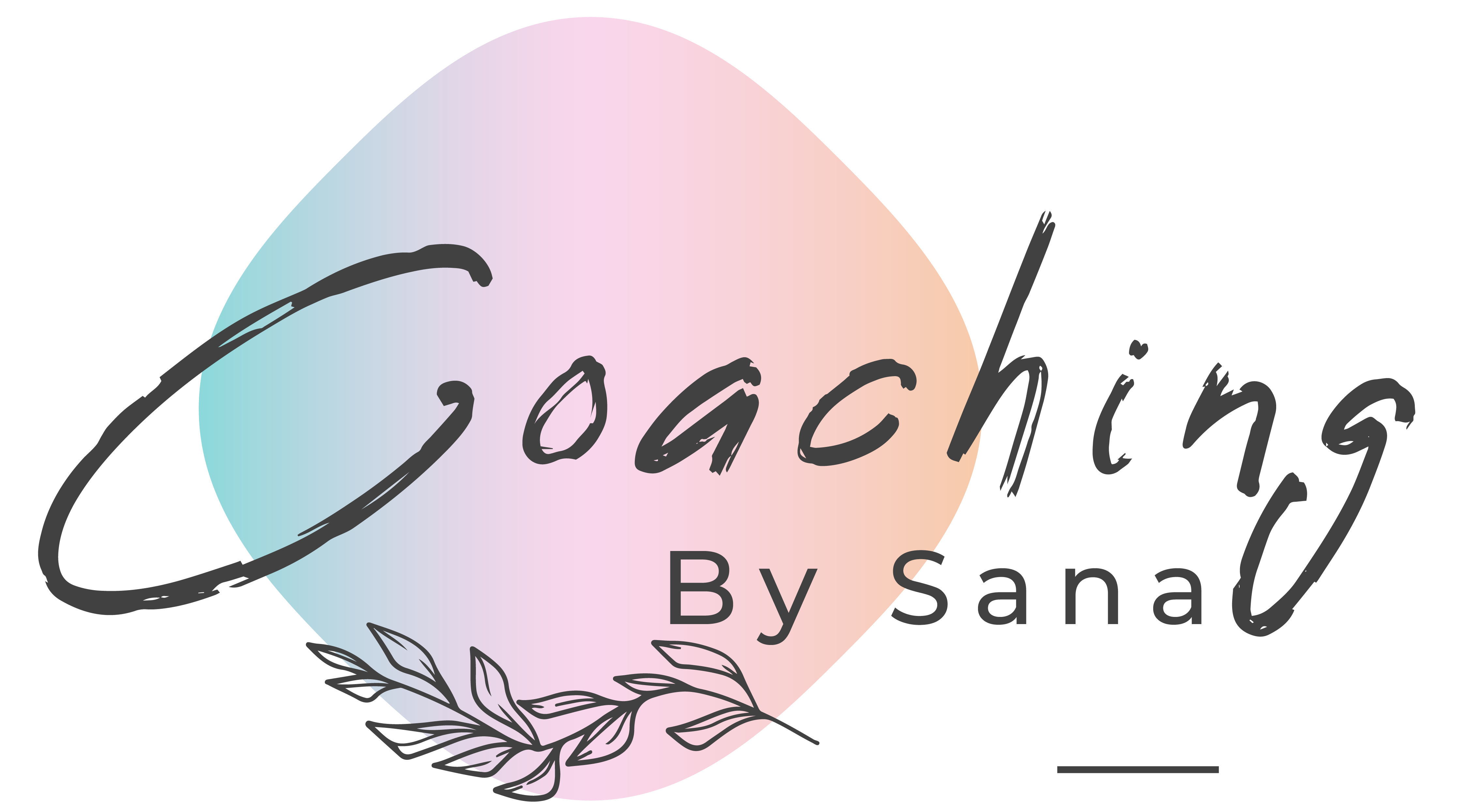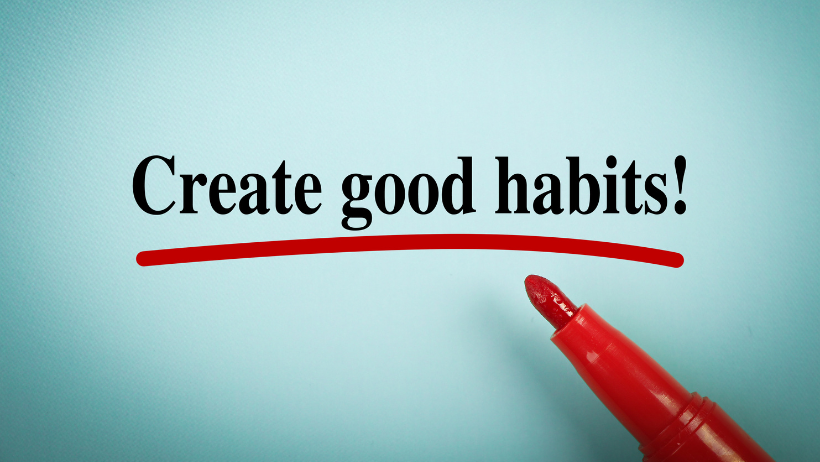Our daily habits, whether they related to our physical or mental well-being, influence the quality of our lives. However, building positive habits can be difficult, particularly if we are held back by negative habits and ingrained ideas. A new method to understand how habits develop is provided by neuro-linguistic programming (NLP), which also offers useful methods for implementing long-lasting, constructive change.
Introduction to NLP
Imagine being able to change your thoughts and behaviors in a natural way, and learn more about how your mind works, this is how NLP works. Neuro-Linguistic Programming (NLP) is a psychological approach that examines the complicated relationship between neurological processes, language, and learned behavioral patterns.
The main objective of NLP is to identify the underlying attitudes and actions that encourage or hinder human development. NLP enables people to build positive habits and behaviors through using a set of methods designed to reframe negative ideas and break harmful patterns. Reframing opinions, using visualization to boost desired results, and anchoring good emotions are some of the practical tactics that enable this transition.
Understanding Habits and How They Develop
Habits are the little, nearly unconscious actions you do on a daily basis that shape your life. Cues, routines, and rewards (known as the “habit loop”) shape habits. By automating repetitive tasks, the brain saves mental energy and generates efficiency.
Positive habits improve productivity, enhance personal development, improve health, and provide motivation for achieving long-term objectives. On the other hand, limiting ideas and negative ways of thinking are typically the foundation of negative behaviors. Through deliberate retraining, NLP assists in reframing these ideas and replacing negative habits with positive ones.
NLP’s Role in Habit Formation
The relationship between our language, ideas, and behavior is the primary goal of NLP. It indicates that how we view ourselves and self-talk have a direct impact on the behaviors we develop. By changing subconscious ideas and mental patterns, NLP approaches assist people in breaking away from harmful routines.
NLP helps us discover the hidden motivations behind our actions. It also provides simple and useful tools to assist us in changing our old habits with new productive ones.
Steps to Using NLP to Build Positive Habits
- Identify the positive habit you want to create.
- Reframe any negative habit through NLP techniques
- Create physical or mental anchors to strengthen positive emotions related with the habit
- Imagine yourself performing the habit on a regular basis.
- Repeat the behavior regularly to enforce the habit
As a mindset coach, I believe that the words we say to ourself are very important. Our conversational style may either help or hinder us when it comes to our habits. Positive language reinforces our dedication and facilitates the development of habits from actions. Through the use of strategies like visualization, anchoring, and reframing, we may break free from deeply embedded habits and build positive ones that promote productivity, well-being, and personal development. Not only may NLP help us create healthier habits, but it can also change the way we see ourselves and our capacity for change.
If you’re ready to start this journey and need guidance, book your free consultation session now, and let’s work together to help you build positive habits using NLP Techniques.

